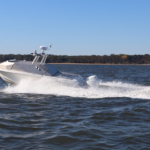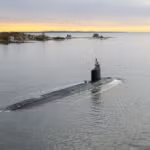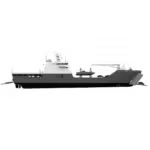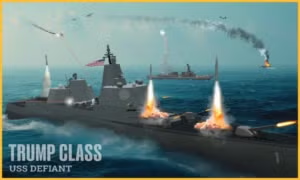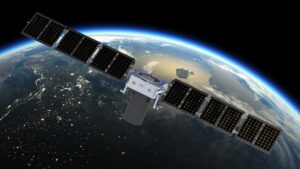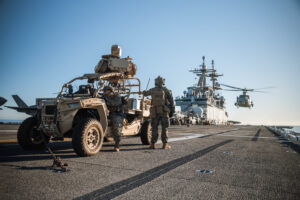
The Marine Corps in recent months established a new Fusion Center in Quantico, Va., that seeks to streamline how to push new technology past development toward production. Marine Corps officials revealed the establishment of the new Fusion Center as the Modern Day Marine conference in Washington on April 30. They said the Marine Corps Rapid Capabilities Office (RCO), established in 2018, is the “progenitor” of this new center. This center will involve science, technology, requirements and acquisition professionals working together to…

 By
By 